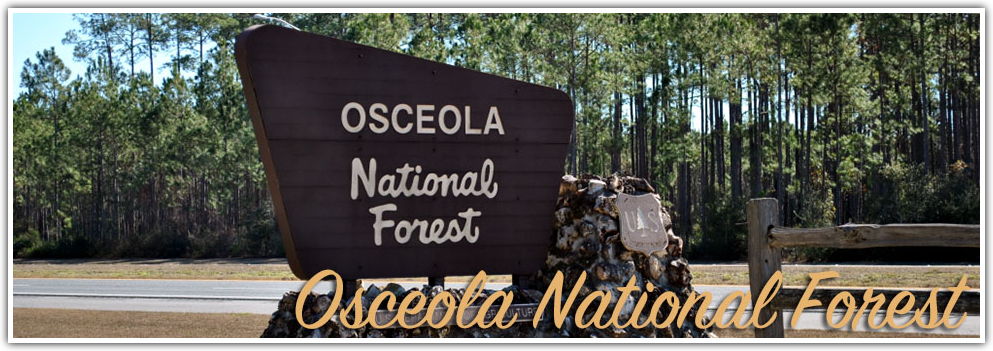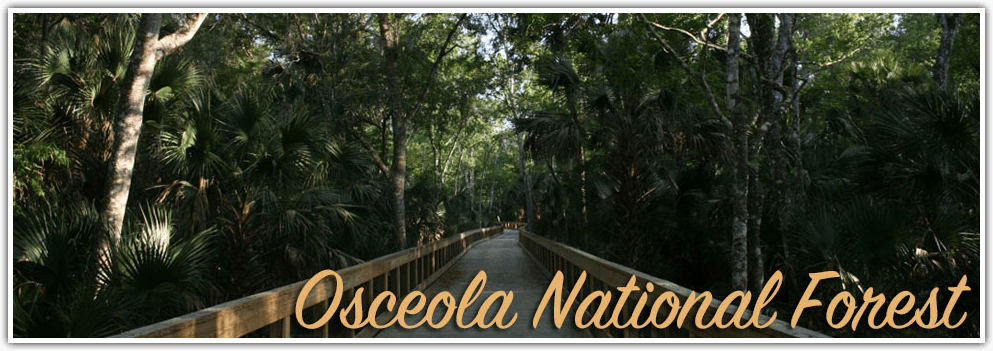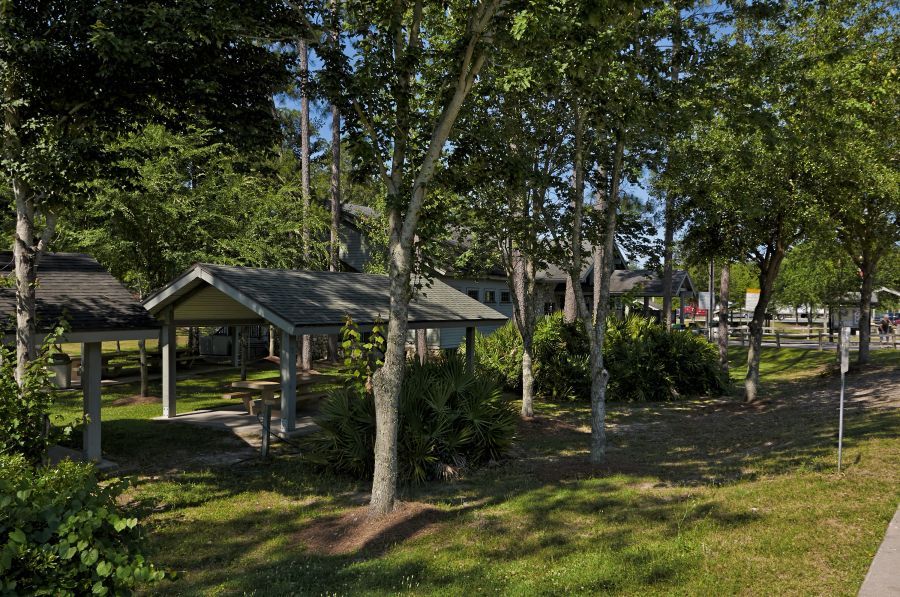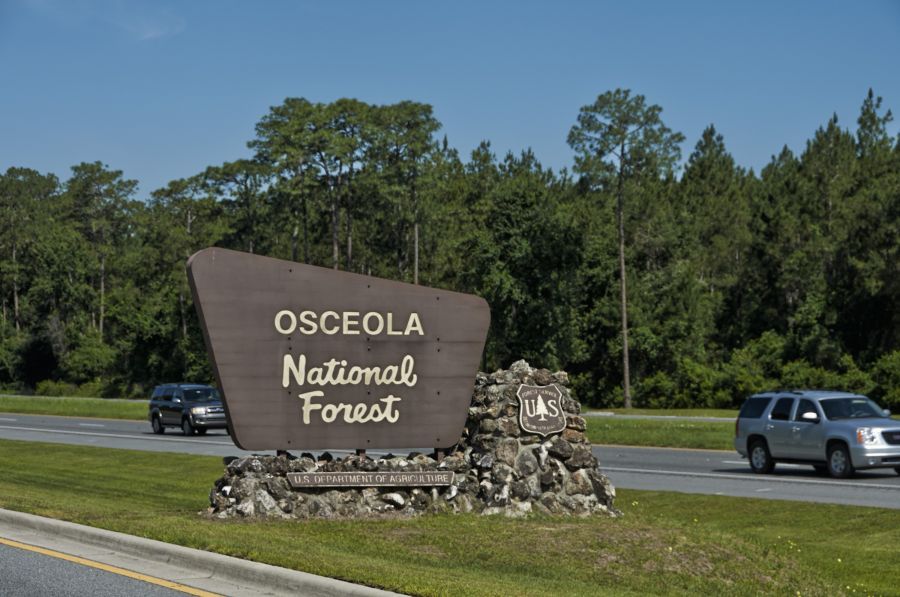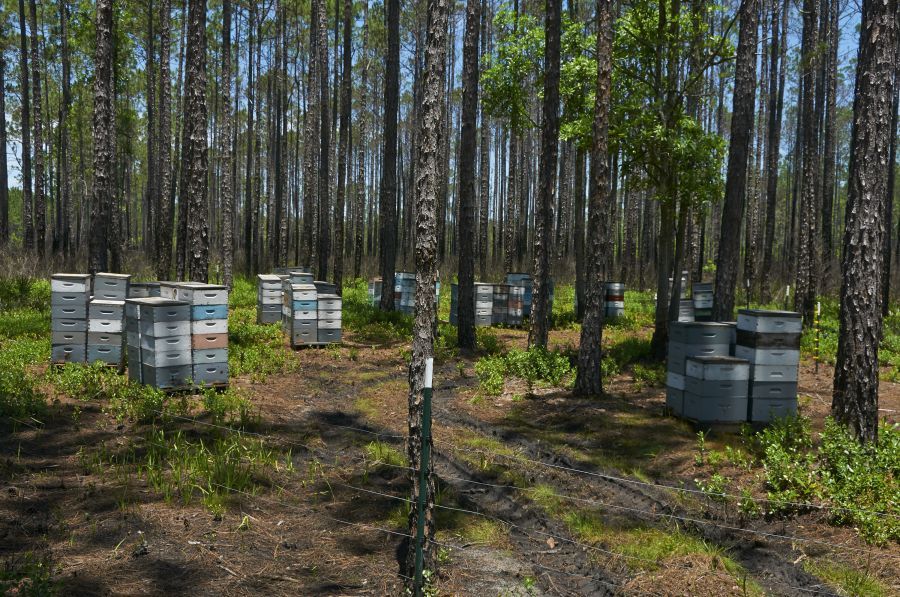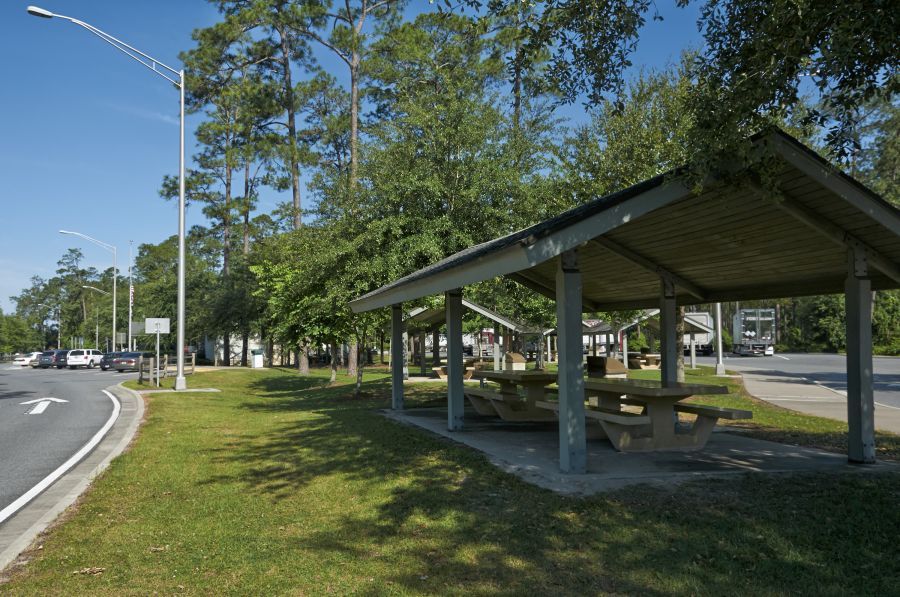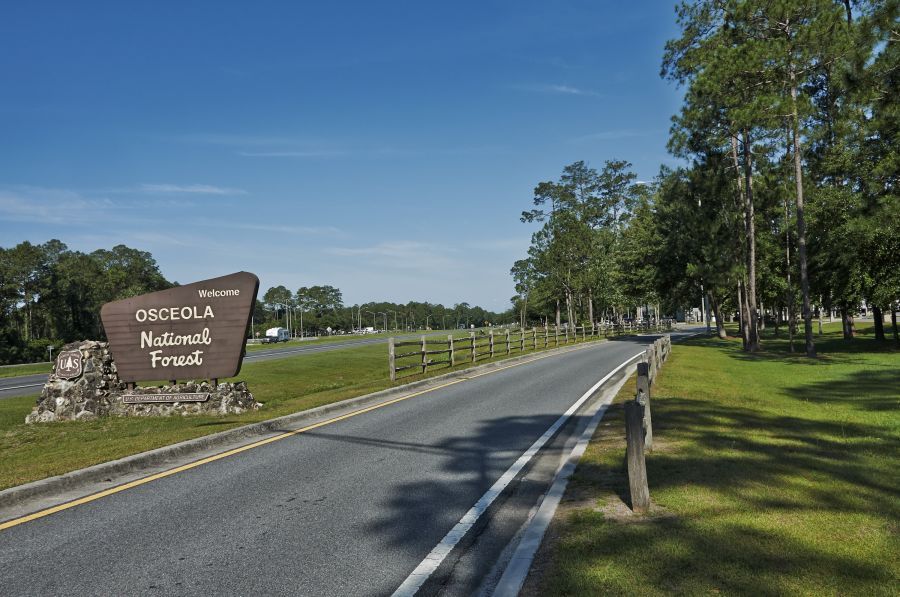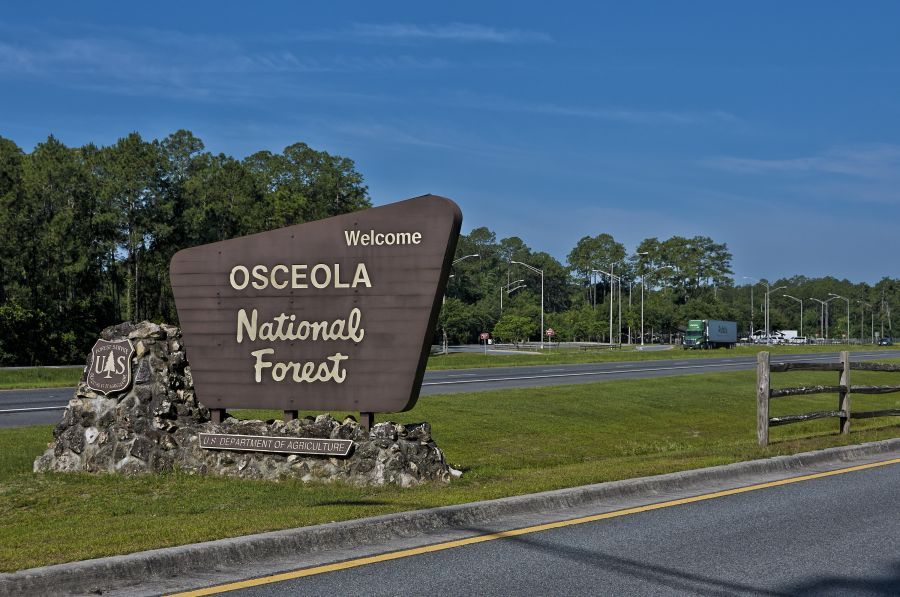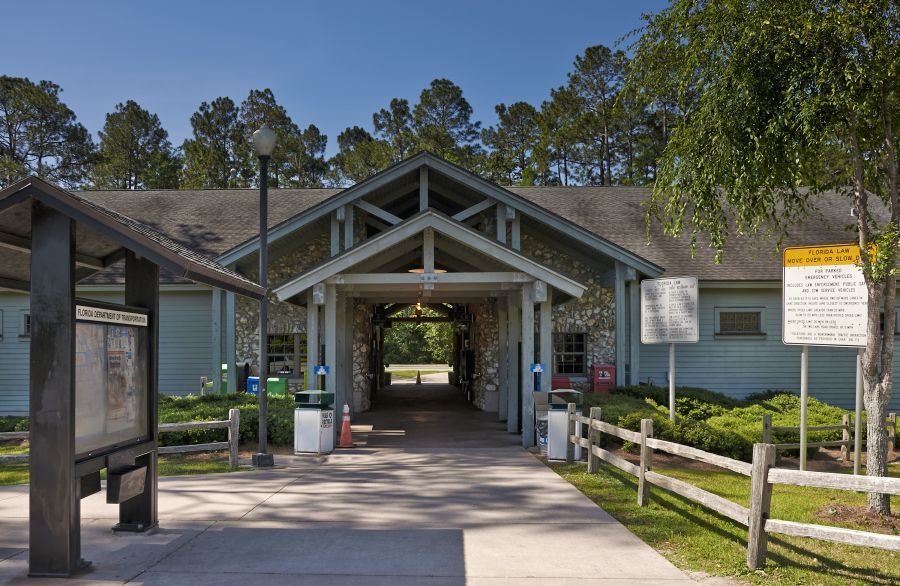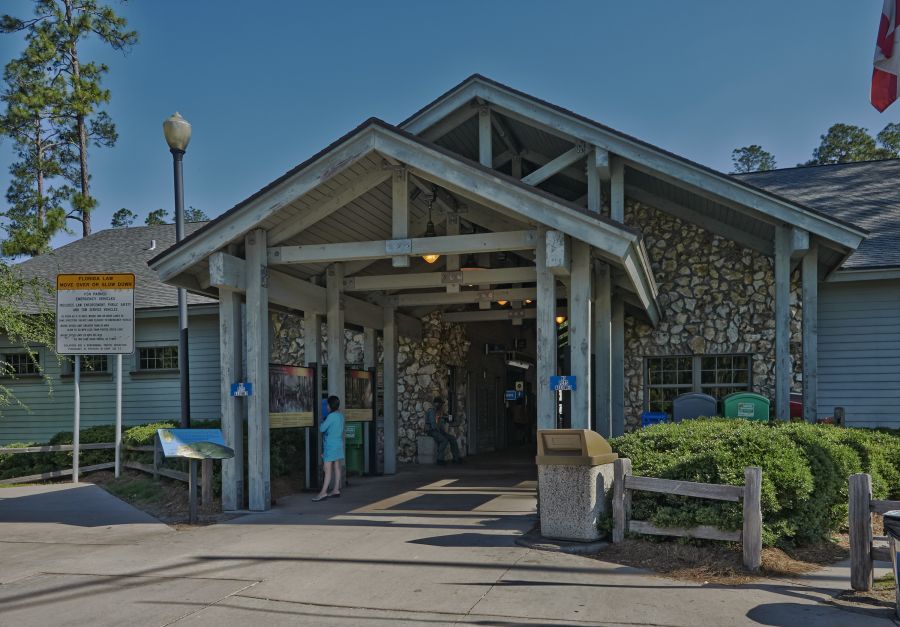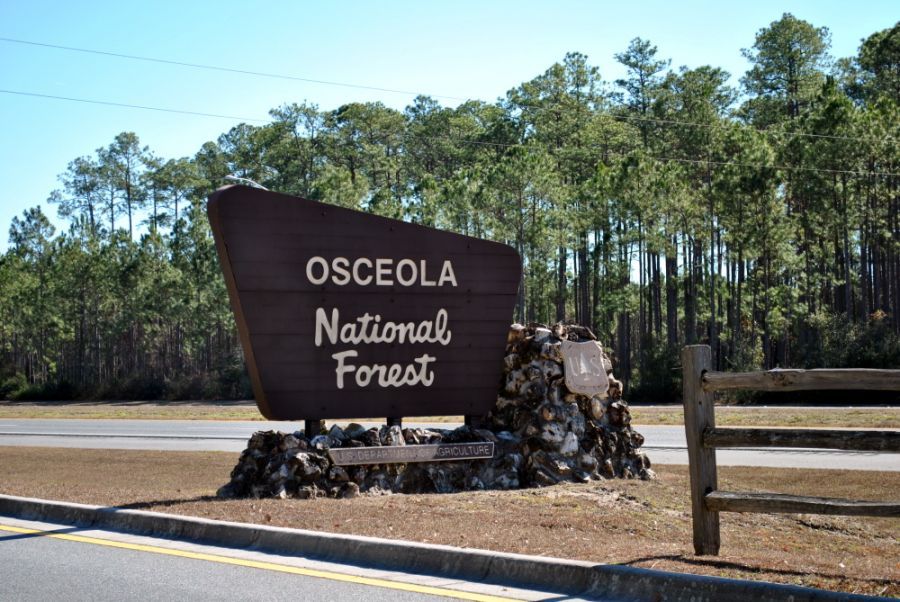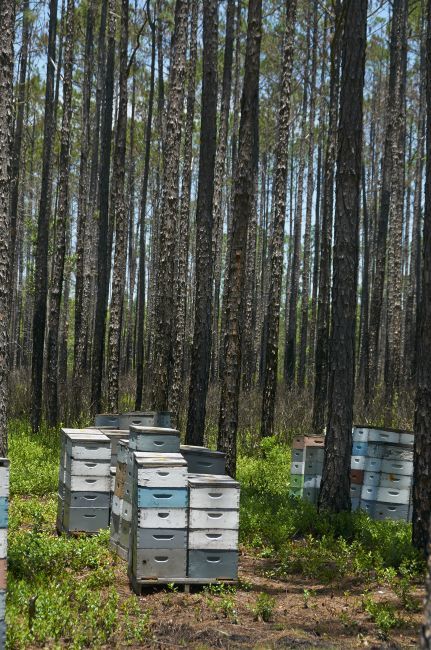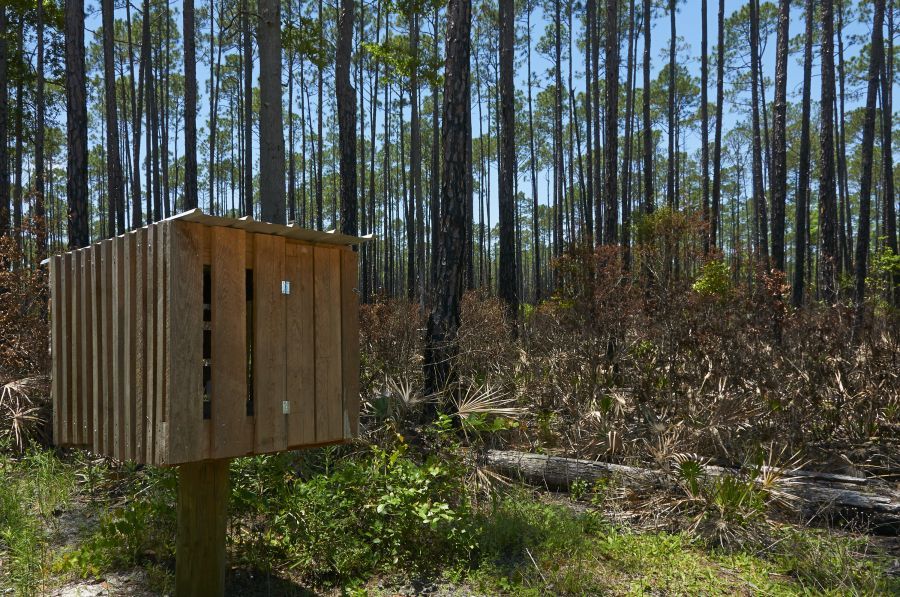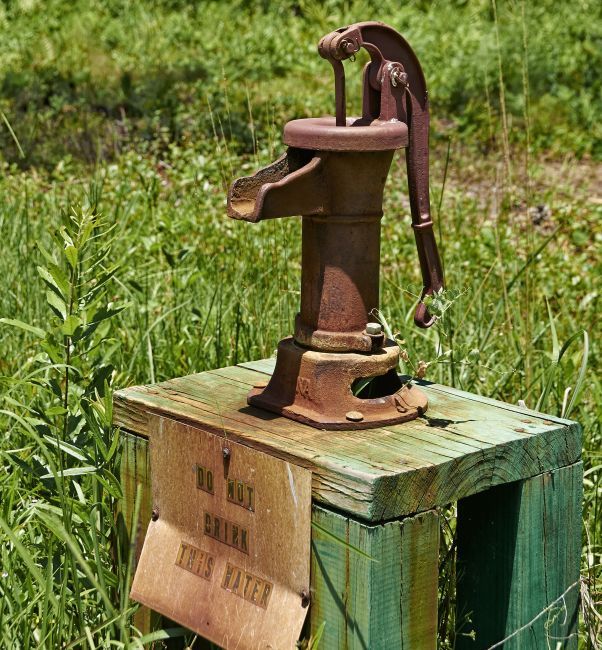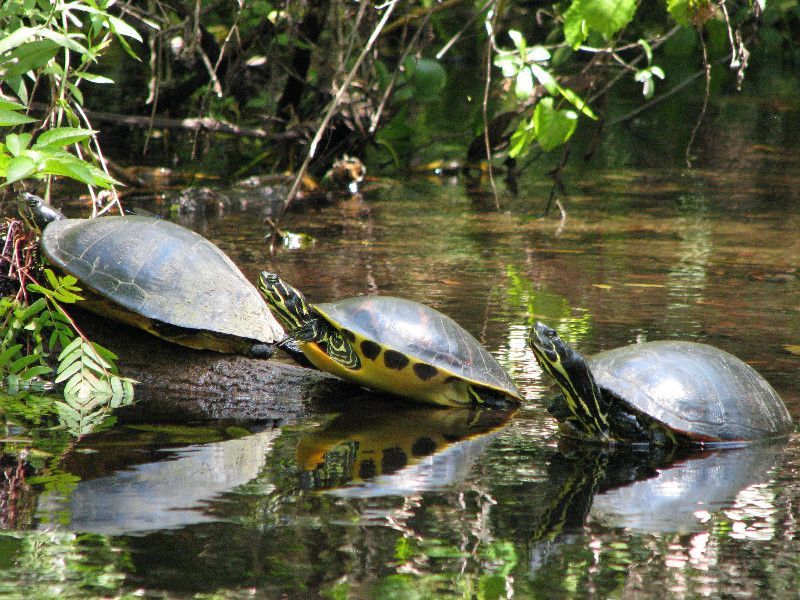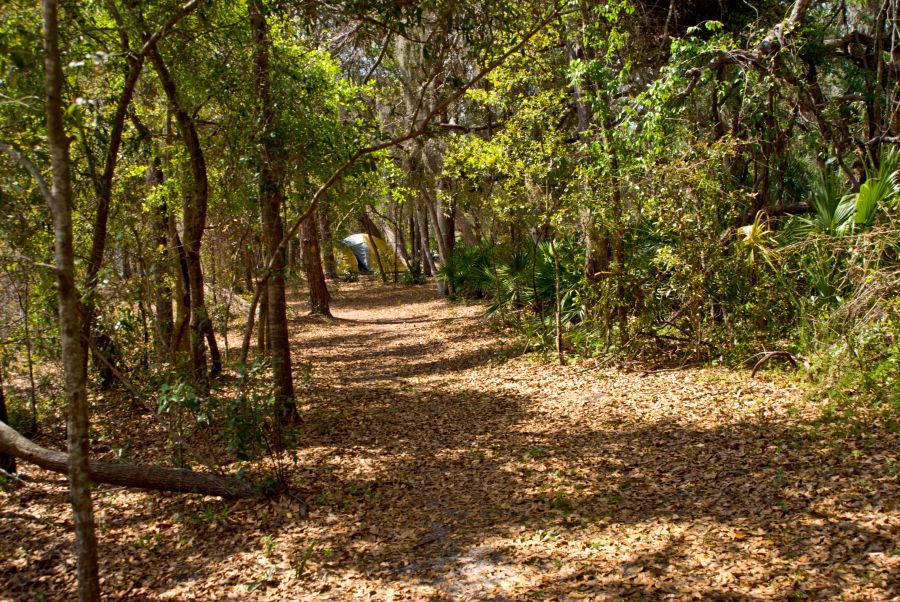Horseback Riding
VISIT THE REAL FLORIDA
Named in honor of one of Florida's most famous Seminole warriors, the 266,000-acre Osceola National Forest was created by proclamation of President Herbert Hoover in 1931. Prior to that time, forestry for the timbering and turpentine industries played a major role in determining the park's existing landscape. Overcut and heavily burned, the early management of the long-needle pine flatwoods and cypress hardwood swamps led to the USDA Forest Service's present day understanding of using controlled fires and reforestation to manage the park's multiple-use resources. Located about an hour west of Jacksonville, the national forest is literally split by I-10 with park entrances off U.S. 90 as well as several state and county roads.
THINGS TO DO ALONG OSCEOLA TRAIL
The many and varied outdoor activities you can enjoy in Baker County are linked by roads and paths to form The Osceola Trail. A concept developed by Baker County government and the Baker County Chamber of Commerce, The Osceola Trail connects sites once inhabited by Osceola and the Seminole Indians along the St. Marys River, and in St. Marys Shoals Park, John M. Bethea State Forest, and Osceola National Forest. The map in this Visitor's Guide has full information on how to travel the trail and access the sites.
Osceola Trail PDF
PRIMITIVE FLORIDA CAMPGROUNDS
Today, thanks to the eight decades of wise stewardship and wildlife management, thousands of park visitors enjoy a wide range of outdoor experiences such as:
In addition to the developed campgrounds with drinking water, flush toilets, hot showers and boat ramps, the national forest has dozens of primitive camp sites for backpackers located along the 23-mile section of the Florida National Scenic Trail. Primitive camping is free but is limited to hunt camps, such as Hog Pen, Cobb, Seventeen Mile, East Tower, Wiggins, West Tower and Big Camp during the hunting season in the Osceola National Forest.
FLORIDA NATIONAL SCENIC TRAIL
Adjacent to and an integral part of the national forest is Olustee Battlefield Historic State Park. The battle, which occurred on February 20, 1864, was the largest fought on Florida soil during the Civil War. The battle lasted for more than 4 hours and ended with the retreat of the Union army. Soldiers on both sides were seasoned veterans and the ratio of Union casualties to the number of troops involved made this the second bloodiest battle of the war for the North.
The state legislature acquired the three-acre tract and built the state's first historic site in 1912. The Florida National Scenic Trail crosses the battlefield where a reenactment of the event is conducted every year on the second weekend in February with a Civil War Expo staged at the battle site in late summer. A mile-long historically marked trail, the Interpretive Center with videos of the reenactment, and the Battlefield Memorial are free to the public and open every day except Thanksgiving and Christmas.
OCEAN POND GROUP CAMPSIGHTS
Often referred to by locals as the real Florida, Osceola National Forest is truly a crucial link for the animal and plant life that resides in Baker County's bio diverse corridor. In addition to the mesic pine flatwoods, black water streams and floodplain swamps, the park features one of Baker County's largest naturally-formed freshwater lakes called Ocean Pond. Located on the northern shore of the 1760-acre lake is a public campground with 76 campsites for tents, trailers or motor homes. There are several paved spurs with water and electrical hookups, a beach area, boat ramp, drinking water, hot showers, and flush toilets as well as a by-reservation group camping area on the picturesque waterfront of Ocean Pond. Known as "The Landing", your group of up to 50 people can enjoy watersports, white sand beaches, overnight camping and covered group picnic areas.

